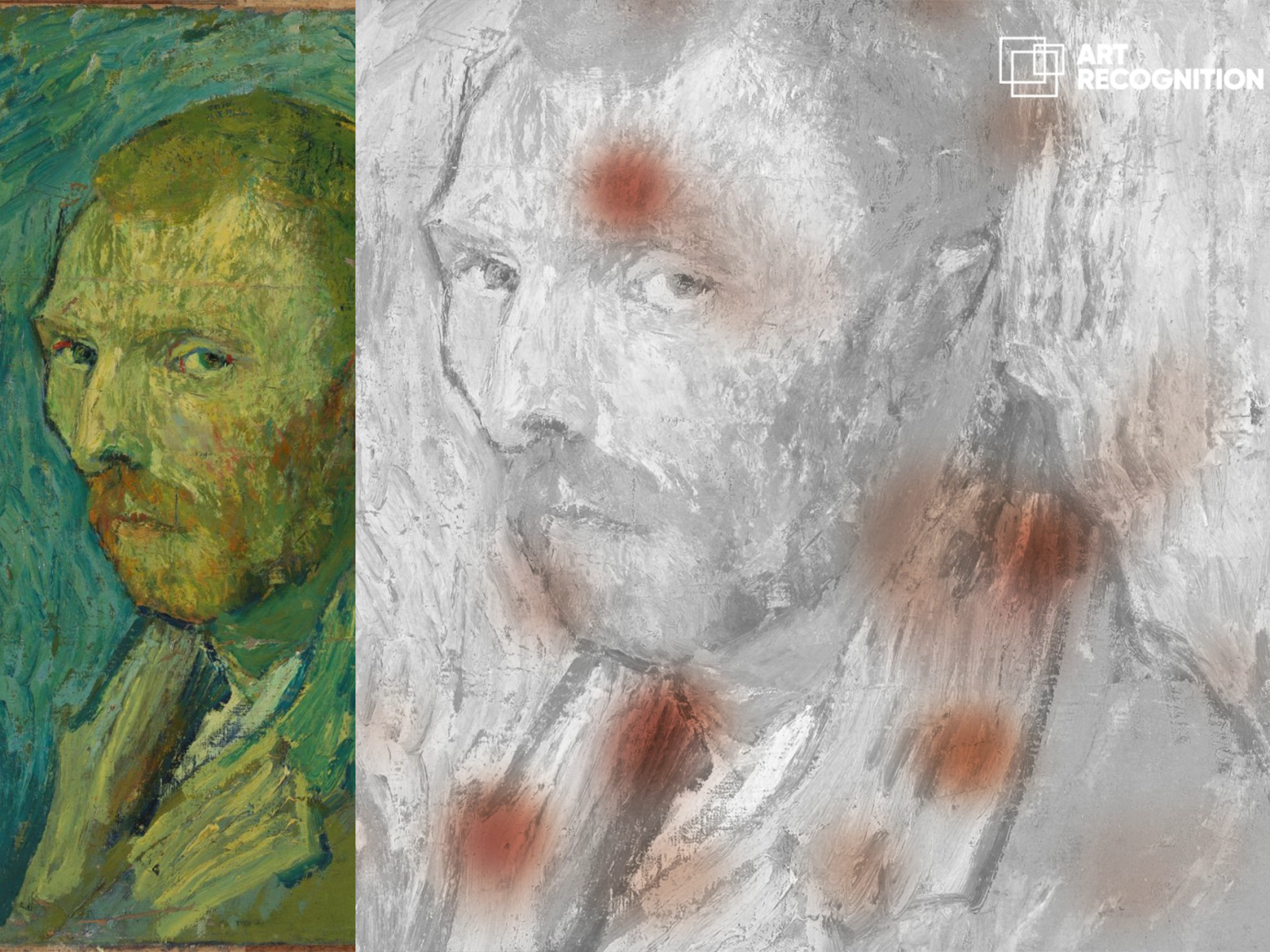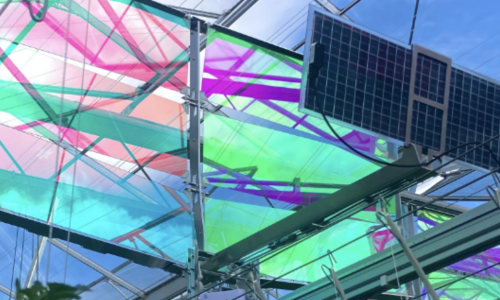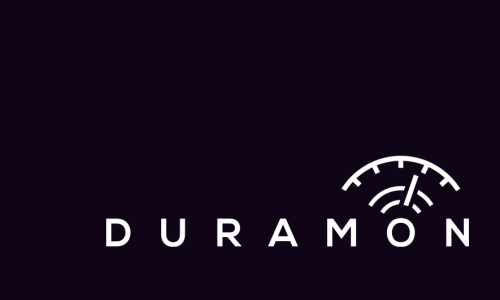How does Art Recognition help art collectors and professionals establish the authenticity of an artwork?
Art Recognition offers precise, fast, and reliable authentication services to assist and protect art professionals in their work – such as art dealers, insurers, lenders, collectors and aficionados who wish to have an extra layer of security for art transactions. We use an AI that was developed in-house with no dependencies on external software. Our AI is based on a deep convolutional neural network, which can learn the main features of an artist, and subsequently recognise them on a new, unlabeled artwork. The most important feature is the brushstroke, but the AI also learns other features: For example, edge locations to distinguish object structures from one another, typical colors, high-level elements of composition, etc. At the end of the analysis, we provide clients with a heat map, which visualises the most important features that lead to the AI’s conclusion.
How do you receive high-resolution images of the artists’ paintings to make your analysis? What does „high resolution“ mean – a simple iPhone picture?
Absolutely, a simple iPhone picture is sufficient for the analysis. In the past, we had to ask our clients to take photographs with professional cameras, but nowadays, all the modern smartphones provide high-resolution images, which are more than sufficient for us to work with.
Is there a case study you particularly like? And if so why?
There are many interesting case studies, which we have worked on across the years, but I am mostly fond of an analysis we did on a highly disputed self-portrait, which was believed to be a fake van Gogh. Our technology has shown that the painting was in fact authentic, and we had run our analysis just weeks before the van Gogh Museum in Amsterdam published their own, independent research, which confirmed the authenticity of the piece.
What is the biggest ongoing challenge for your technology?
Of course, as our technology is novel and very different from anything on the market, we are sometimes faced with skepticism. The art authentication process is still being dominated by a few select art experts and committees, who often tend to ignore anything that contradicts their opinion. Some established experts have called our method untrustworthy without talking with us or understanding how we work. Those experts are protective and believe their expertise is untouchable, and they refuse to look at new approaches, but for now, this does not disturb our progress. We would love to familiarise them with our process to challenge this belief. I think a lot of people don’t trust AI simply because they don’t fully understand how it works. Understanding how machine learning and our technology function, could help them get a better idea of our product’s efficacy. However, our overall impression is that the market is increasingly adopting new technologies. The pandemic has forced the art world to become more digitally available and more receptive to new technologies. As we are the first AI art authentication provider, it just takes time to gain visibility, trust, and reputation. Our strong press coverage and growing sales speak for our rapid advancement.
Can the AI used in Art Recognition become more powerful? Will there always be a need for human-led verification?
I believe a human being should have the last word, at least when a case leaves room for doubt. Machines can create raw data, they can find patterns in the data, they can react when certain thresholds are crossed, and they can derive suitable courses of action. For now, AI technology is not perfect, as human beings are not perfect either. Therefore, experts should apply AI technology like doctors do: different results from AI diagnostics should be taken into consideration, while it is still the responsible human that comes to a decision. The type of approach depends strongly on the level in uncertainty of a case. I believe it is a question of how much comfort a single person needs and how much is at stake. I think more and more collectors will request reliable proofs before buying. Standards will be established and digitally facilitated in an easy way. In the end, the client will decide on what needs to be in place for them to buy.




